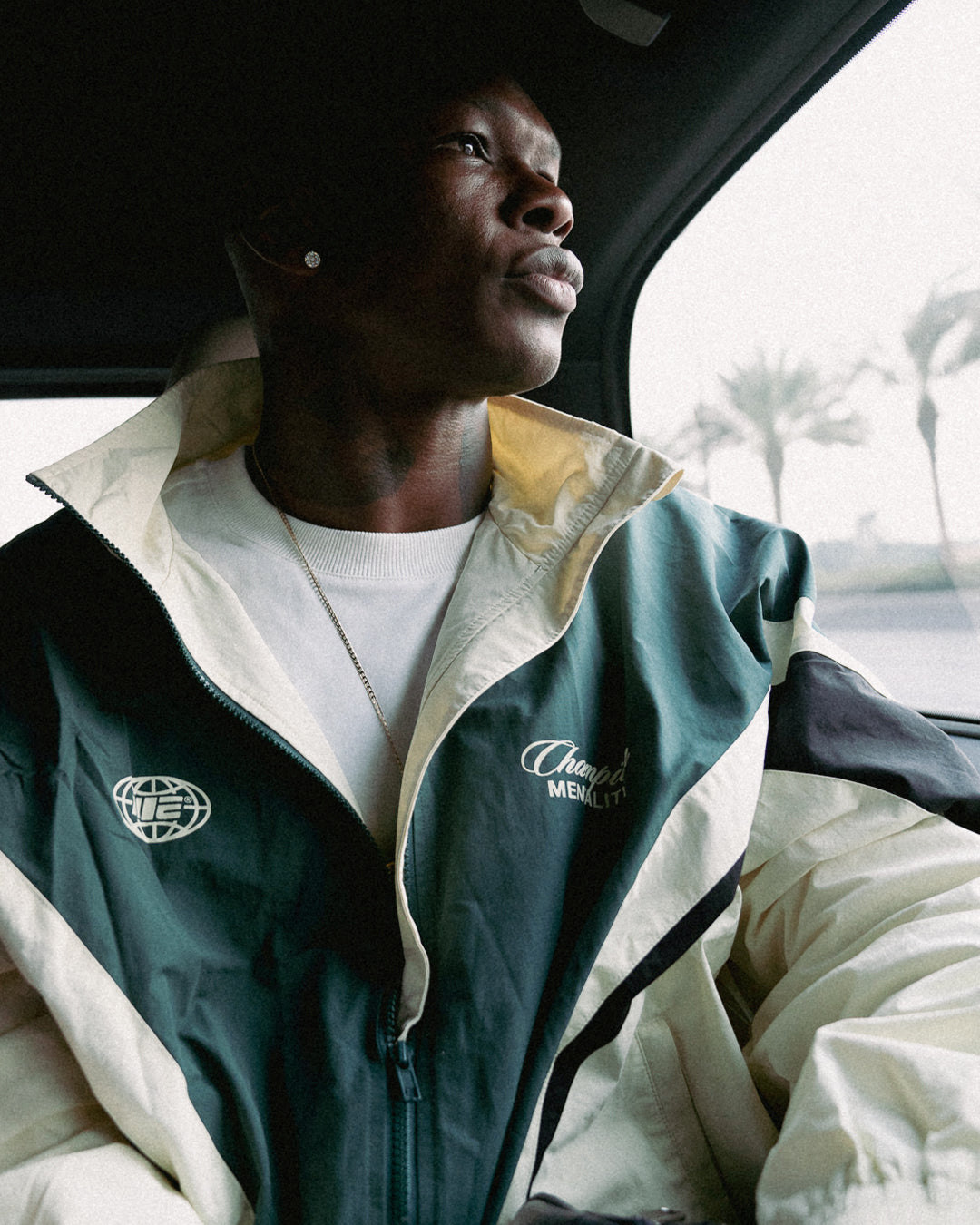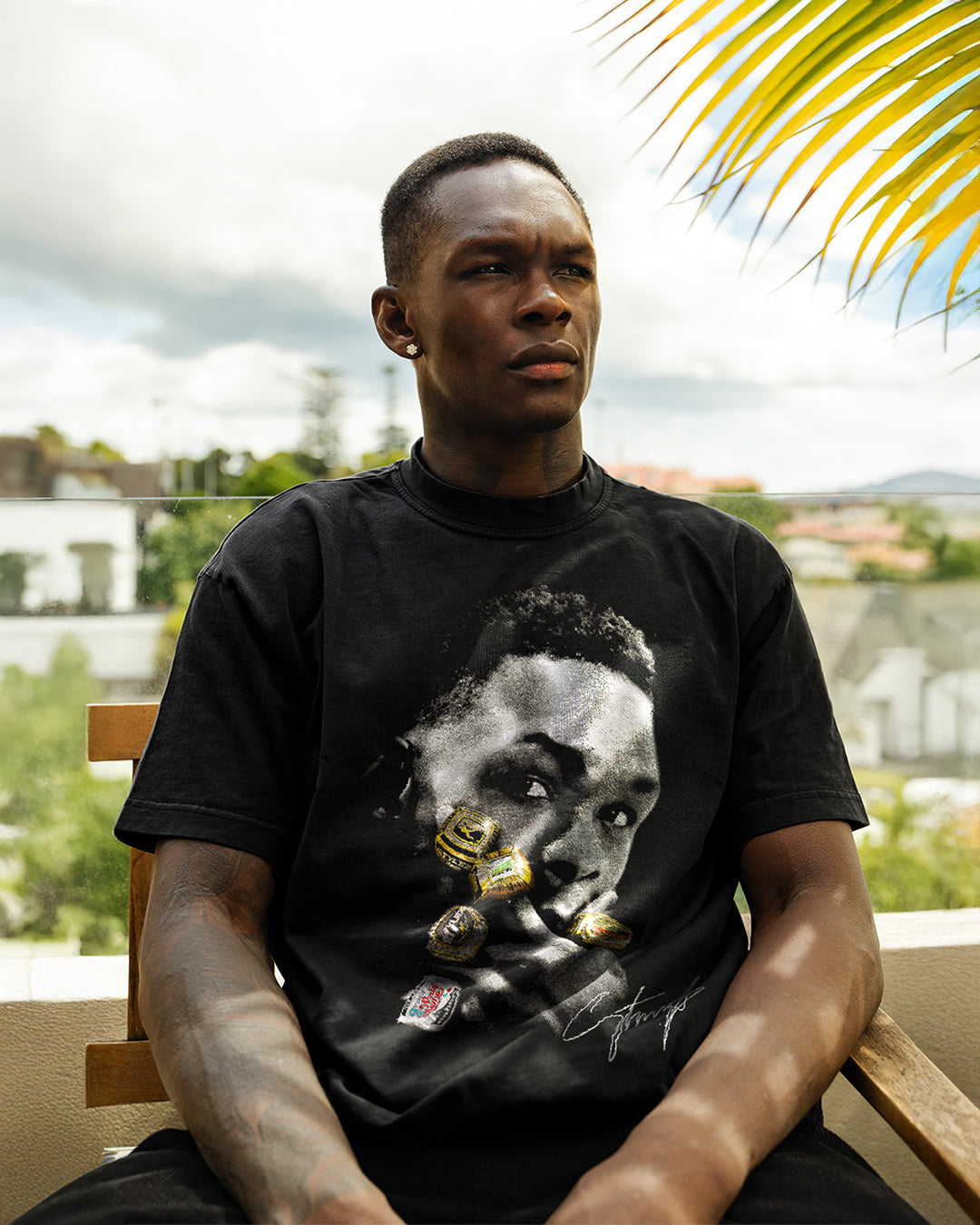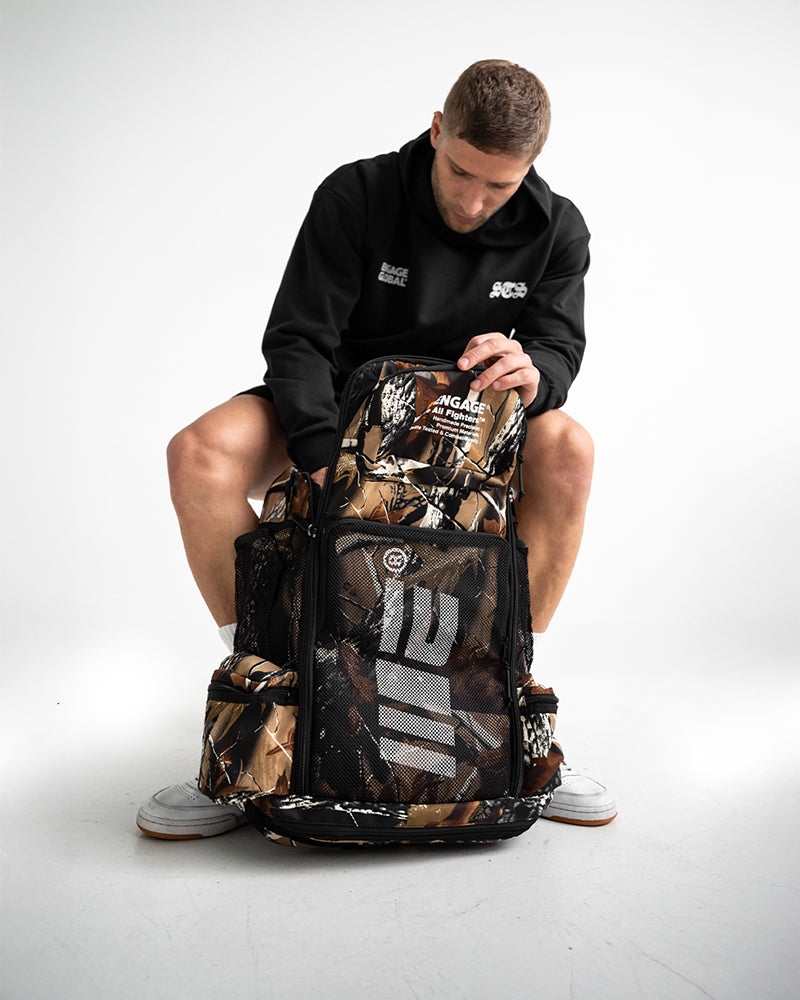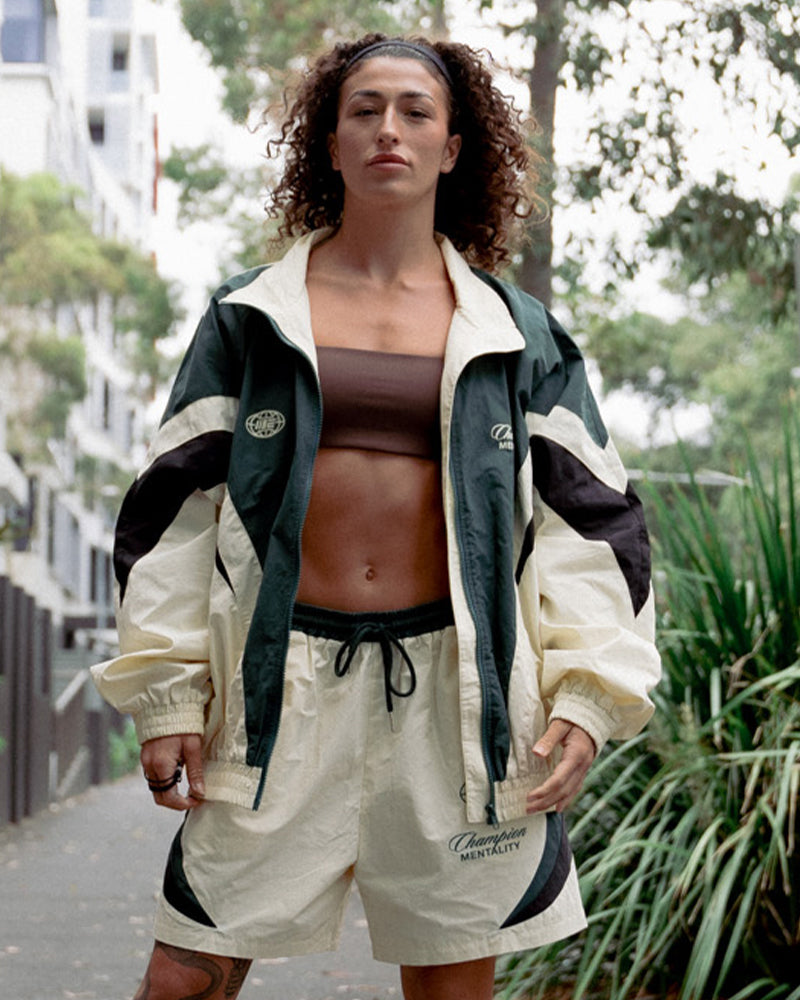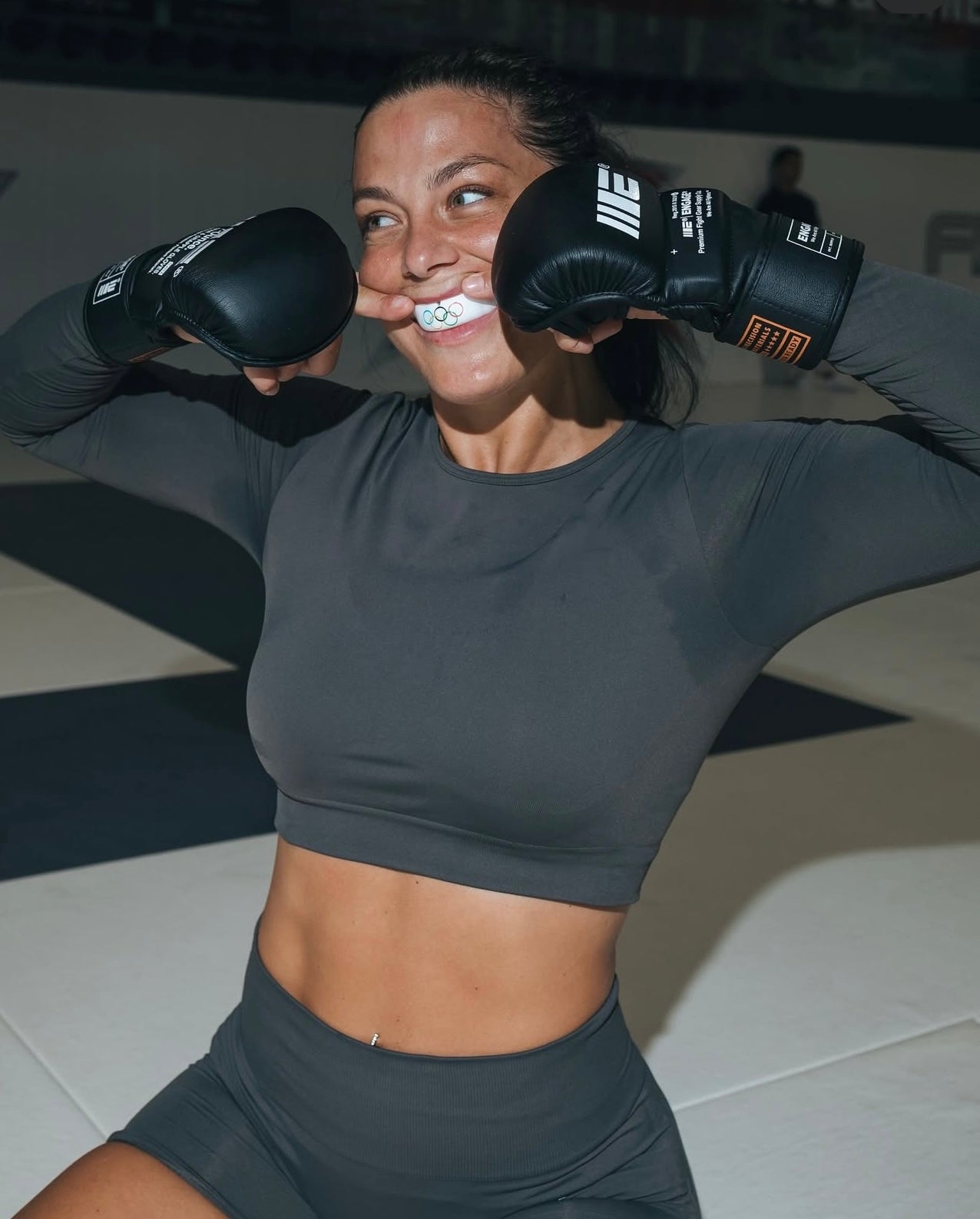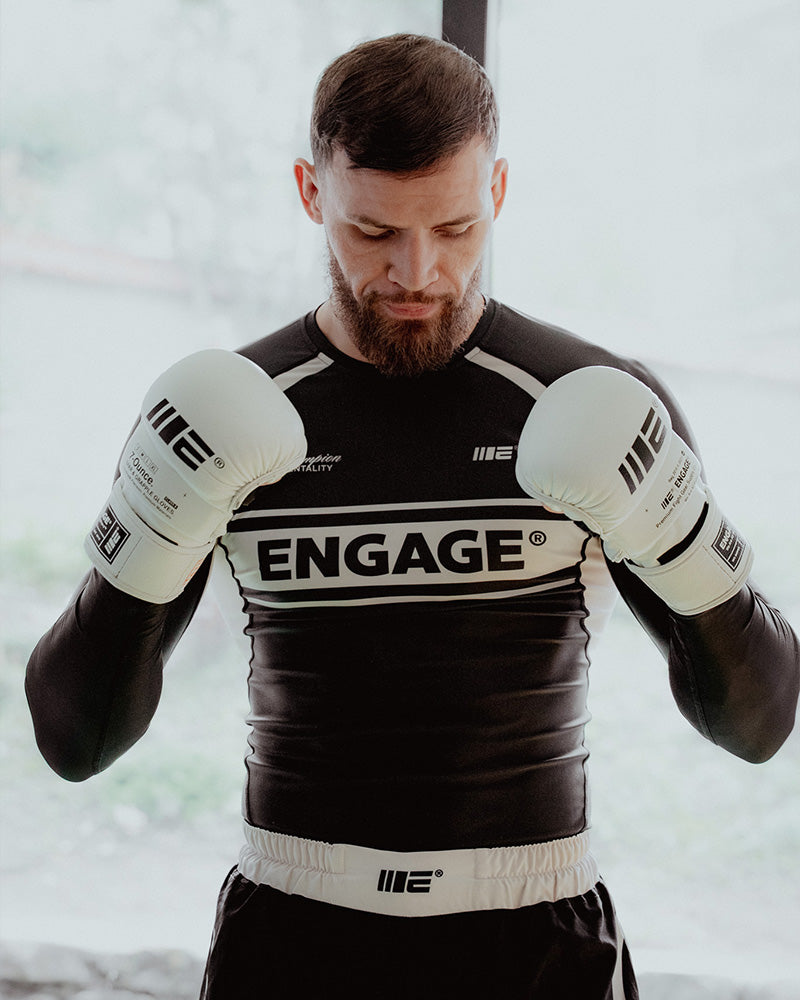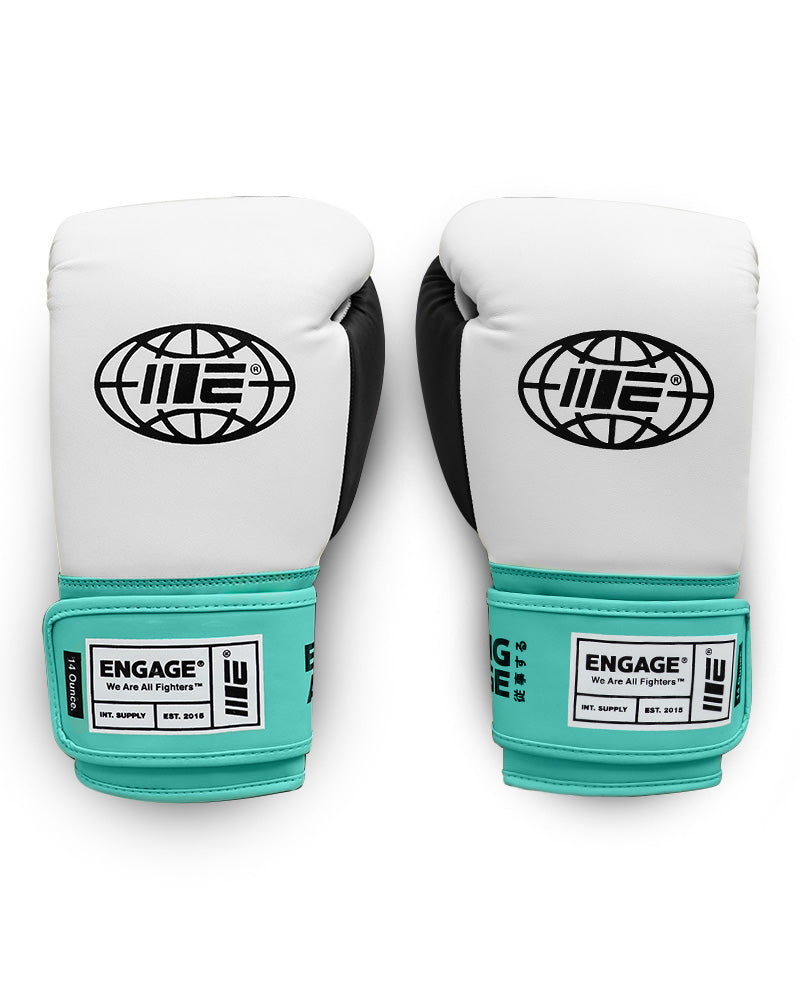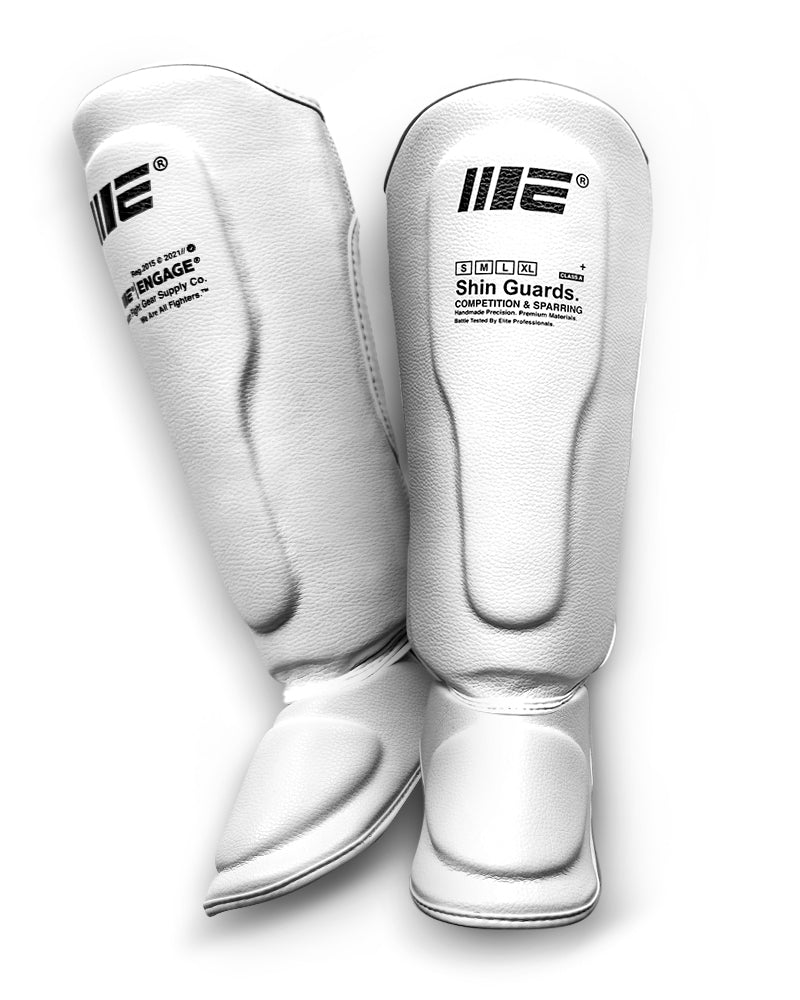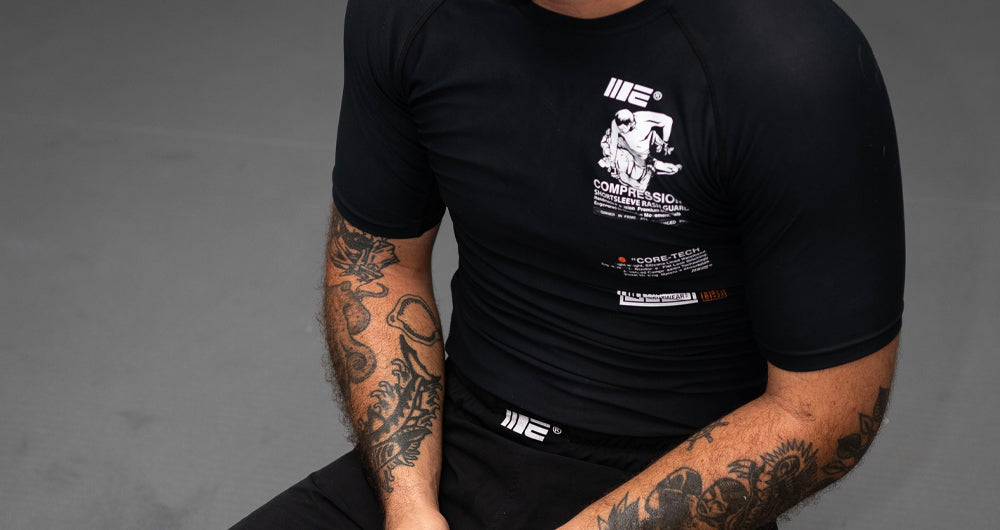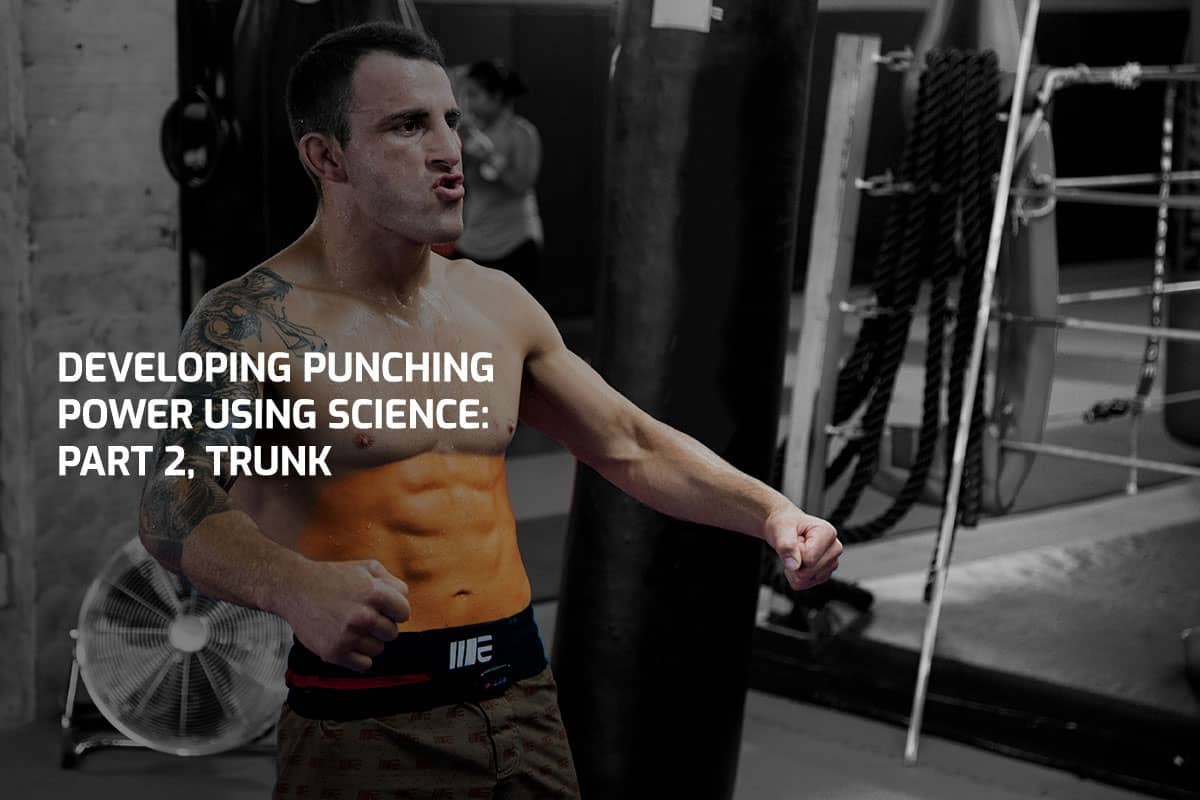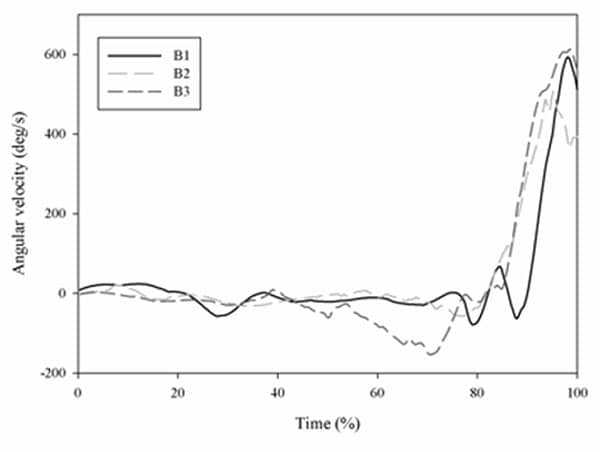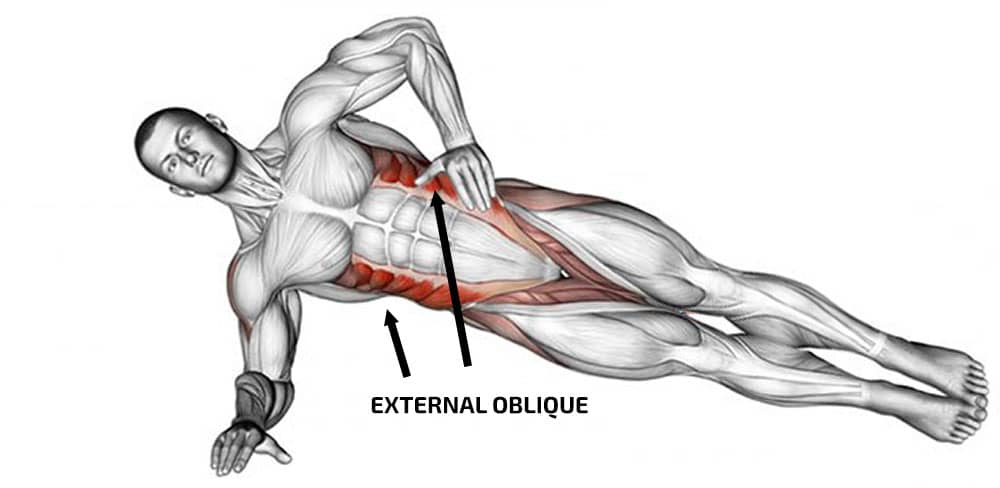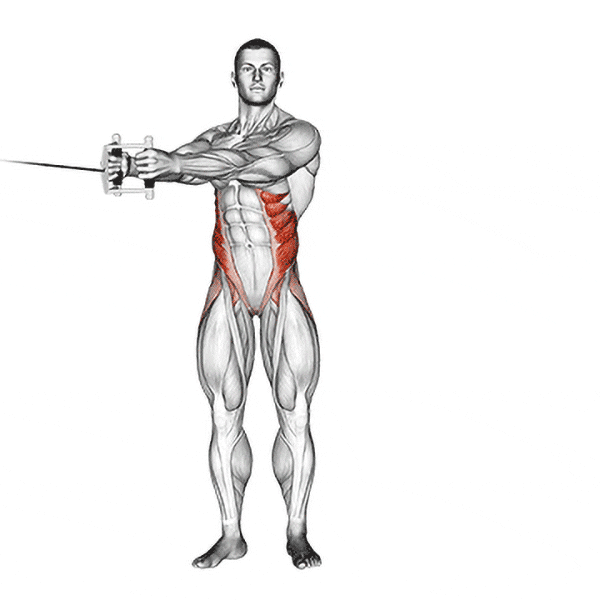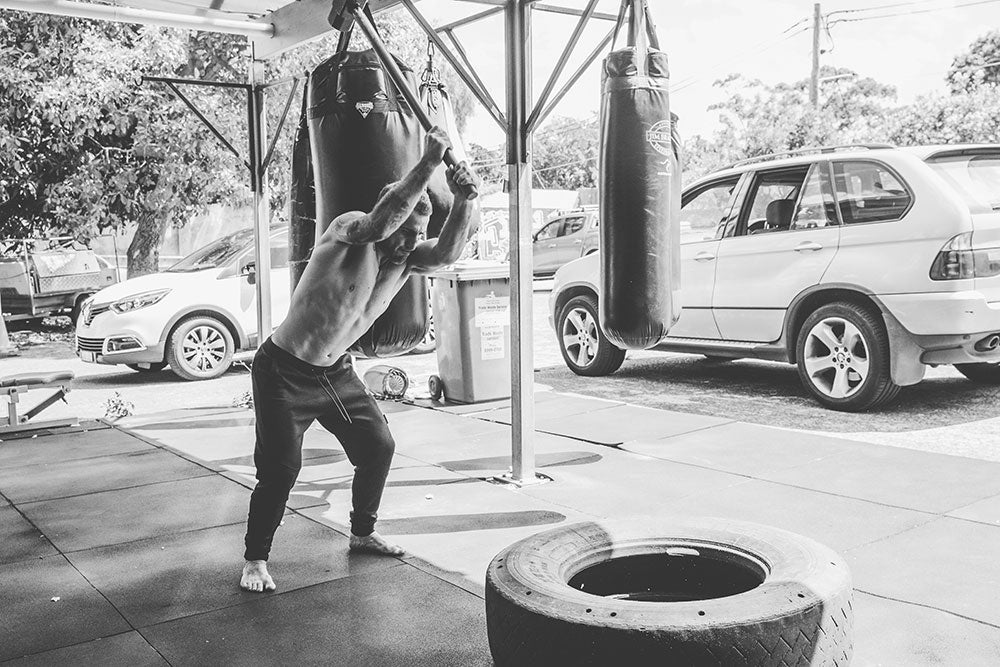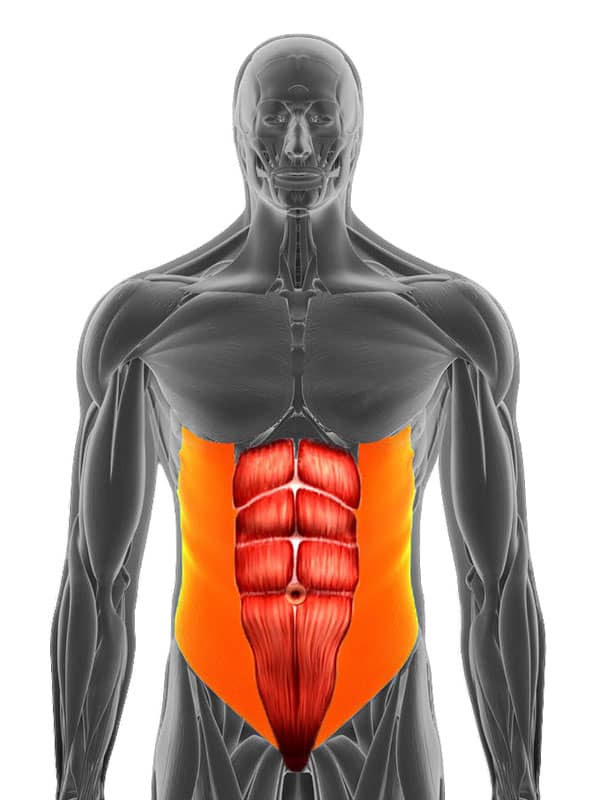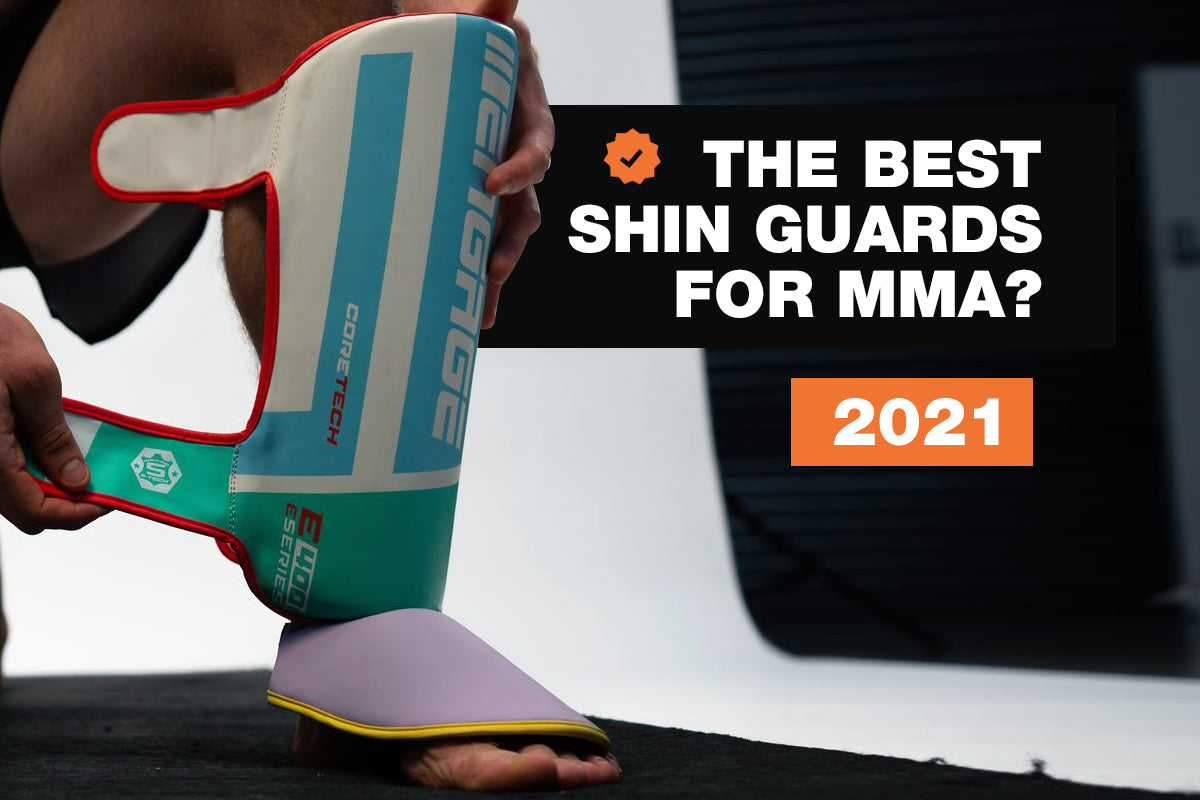Onto the second part of this series on how to improve your punching power for boxing, kickboxing, and MMA! Before we get started, recall the most important points made thus far:
- Strength training is a SUPPLEMENT. Repetitive honing of proper punching technique must ALWAYS trump lifting weights, particularly if you are training for sport fighting with adherence to weight classes.
- The key to proper punching technique, according to research, is activating the CORRECT muscles in the CORRECT sequence.
- The most important muscles for punching are located in your LOWER EXTREMITIES. Focus on developing these as they are often neglected.

